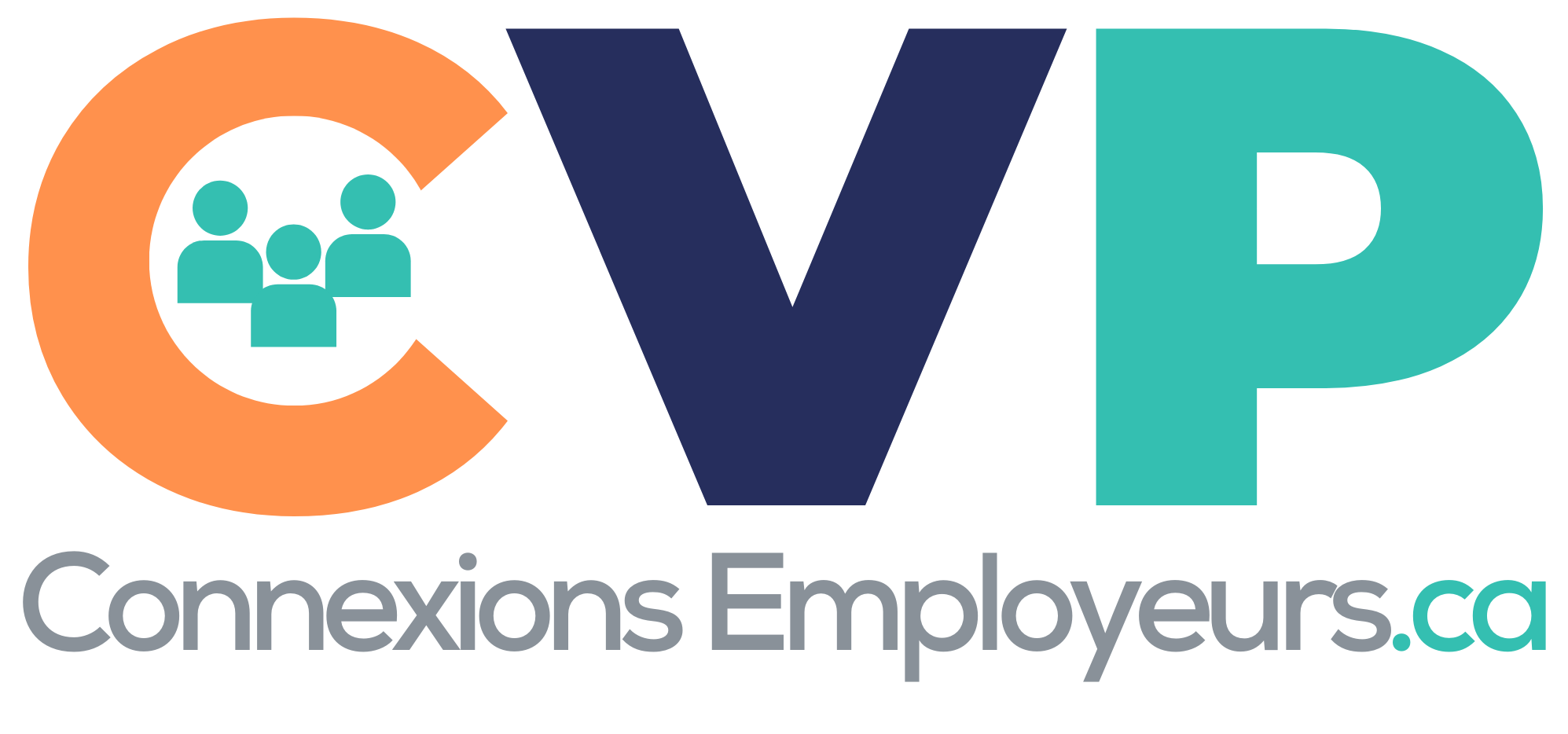Why racialized workers are more stressed than ever

Many corporate inclusivity programs fall short and workplace stress is on the rise among those who are Black, Indigenous and people of colour. There are solutions, so why is progress so slow?
A prominent law firm thought it was promoting inclusivity in the workplace. Its messaging backfired.
In February 2021, in a bid to honour Black History Month, Gowling WLG Canada, one of the country’s largest law firms, asked employees to share what the month meant to them. The responses, which the firm shared on social media, were widely condemned by the public for containing stereotypes and insensitive messaging. In one instance, a firm member described their daughter’s Black friend as “well brought up.”
During the same period, Durham Region received backlash over its Black History Month document entitled “Can You Rise to the Challenge?” which asked employees to “dance to a reggae song,” spend a few minutes learning about Africa, and “have a conversation with a Black employee.”
The region later issued an apology, calling its document a “misstep.”
George Floyd’s murder in 2020 became a turning point for businesses around the world. The outrage over Floyd’s death ignited efforts to implement broad-based cultural sensitivity training and diversity, equity and inclusion efforts to improve the workplace not just for Black employees, but for other non-white employees as well. And while businesses might have the right intentions, those efforts can backfire or feel disingenuous, further impacting racialized groups in the workplace.
While companies try to push forward equity and inclusion efforts, public awareness campaigns aren’t enough to ensure Black, Indigenous and people of colour (BIPOC) have a seat at the table, experts say. Systemic barriers must be identified then dismantled and honest dialogue around tackling racism in the workplace should take place to reduce increasing stress levels among BIPOC professionals and ensure a supportive, welcoming environment, they add.
“When an organization is solely focused on the numbers, with their hiring targets, for example, but don’t do anything on the inclusion side, it shows a reluctance to have BIPOC employees in the decision-making process by not having them on panels, committees or boards,” said Silvia Gonzalez-Zamora, national leader of equity, diversity and inclusion practice at KPMG.
“There’s a disconnect. You’re saying, ‘I want you to be part of my organization, but I don’t want you at the table.’ ” That’s if companies have even met their hiring targets, she added.
Pour lire la suite de l’article, cliquez ici.
Source: Toronto Star, 15 avril 2023, Clarrie Feinstein

Réponses